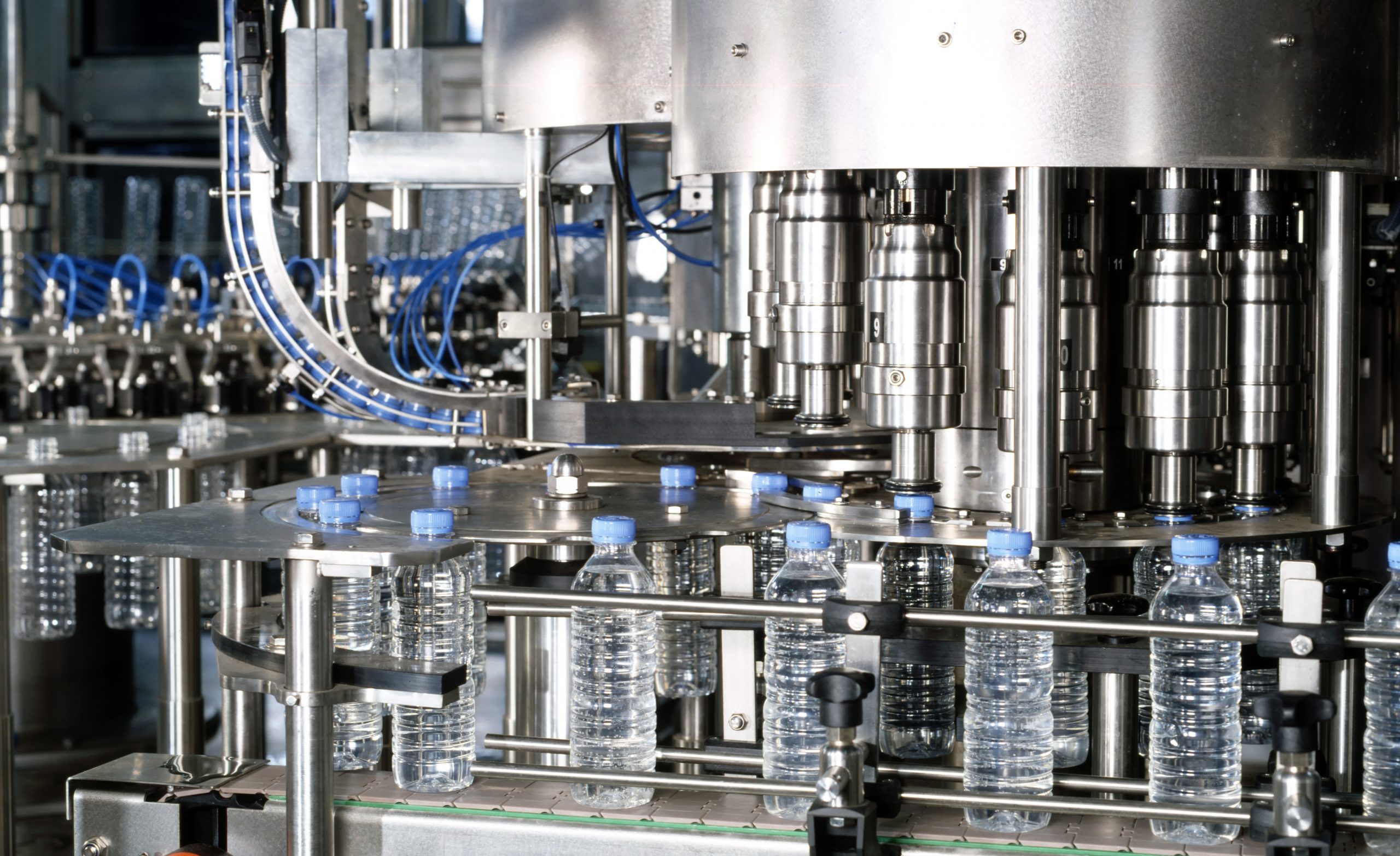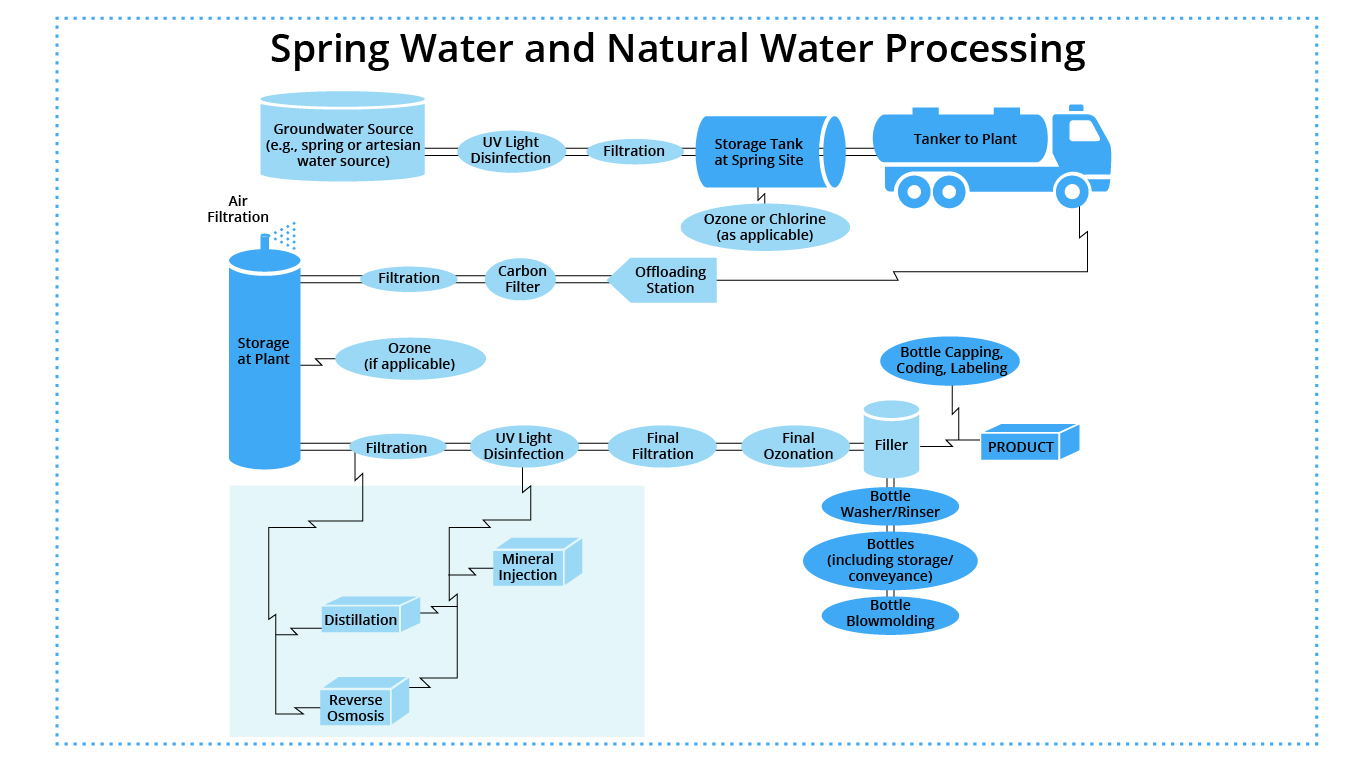Water Sources
know the facts about water use
STEWARDSHIP BEST PRACTICES
INDUSTRY WATER USE
Watch a Message About Our Campaigns
Average American uses 82 gallons of water a day at home
EACH American Drank (ON AVERAGE) 45 Gallons of Bottled Water in 2020
Sources of Bottled Water
Protecting and maintaining water sources
is a vital part of the bottled water industry.
Being a good steward of water is a practice that the bottled water industry has implemented for decades, and protecting, maintaining, and preserving water resources for future generations is a responsibility it takes very seriously. In fact, the bottled water industry supports comprehensive water resource management that regulates both the quality and quantity of water/water sources, treats all users equitably, provides for the sustainability of the resource, and balances the interests and rights of those using this natural resource today and in the future.
All bottled water products — whether from a groundwater source (such as spring or artesian water) or a public water source (used to make purified water) — are produced utilizing a multi-barrier approach. From source to finished product, a multi-barrier approach helps prevent possible harmful contamination to the finished product. Measures in a multi-barrier approach may include one or more of the following:
- source protection
- source monitoring
- reverse osmosis
- distillation
- micro-filtration
- carbon filtration
- ozonation
- ultraviolet (UV) light
As a result of comprehensive government regulation and the effective multi-barrier production system, bottled water provides a safe, consistent source of clean drinking water.
The bottled water industry actively supports comprehensive water use and water management policies that are science-based, multi-jurisdictional, treat all users equitably, and provide for future needs of this important resource.

Purified bottled water’s typical path to market
Click on image to enlarge
Consumer Choice
Bottled Water From a
Municipal Source
When a bottler uses a public water source for its products (purchasing the water like any other commercial user), the company employs several processes to ensure that the bottled water meets FDA’s purified water standard. In short, that means purified bottled water is never “just tap water in a bottle.”
Bottlers that use municipal water systems as their source work in concert with community water authorities regarding the security and safety of the system’s source. After the source water has entered the bottling plant and gone through the various processes, bottlers then place the now purified water product in a sealed bottle under sanitary conditions before selling it to consumers.
When a bottled water company (or any other commercial user) purchases water from municipalities and public authorities, those purchase agreements typically include permits with time limits and take into account environmental protection issues.
In addition, when public water systems allow companies to purchase their water, they do so because they have excess capacity. Selling water to any commercial user generates revenue for the cities. Ultimately, that means the money municipalities make from the sale of their excess water makes it less likely for them to have to increase water rates and/or impose taxes on their residents.
Consumer Choice
Bottled Water From a
Groundwater Source
Before a bottled water company invests in a groundwater source (such as a spring water or artesian water source), it must meet several criteria: have excellent water quality, be well protected from pollution sources, have sufficient volume while not affecting the rights of other users, and not have an adverse impact on the surrounding environment. Above all of that, a potential water source for a bottled water facility must be sustainable to justify its use and the long-term investment needed to produce these important bottled water products.
The water for these bottled water products is collected at sites and bottled at facilities with security systems that may include controlled access to the plant and critical production areas, gating, motion sensors, electronic contact security alarms, and tamper-evident locks. Water intake systems are sanitary and sealed.
Production sites, catchment areas, and bottling practices are all managed by bottled water companies to sustain these natural resources. Bottlers recognize the shared obligations of water governance with respect to other resource users. The knowledge of water balance, water quality, relevant water-related areas of resource recovery, technology, and preservation must be shared with all stakeholders through engagement in meaningful individual and collective discussions and actions in support of long-term water resource sustainability.
The bottled water industry actively supports comprehensive water use and groundwater management policies that are science-based, multi-jurisdictional, treat all users equitably, and provide for future needs of this important resource.
groundwater monitoring
